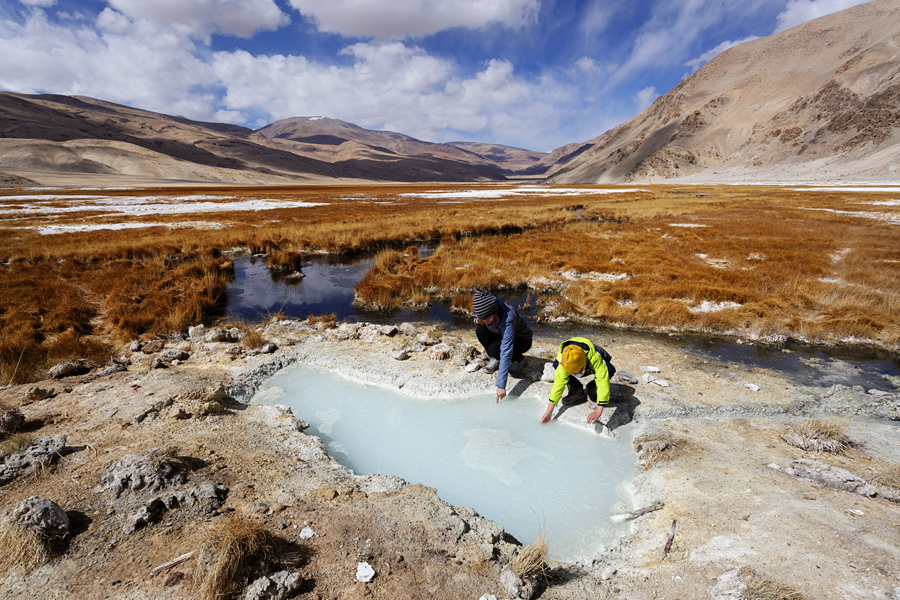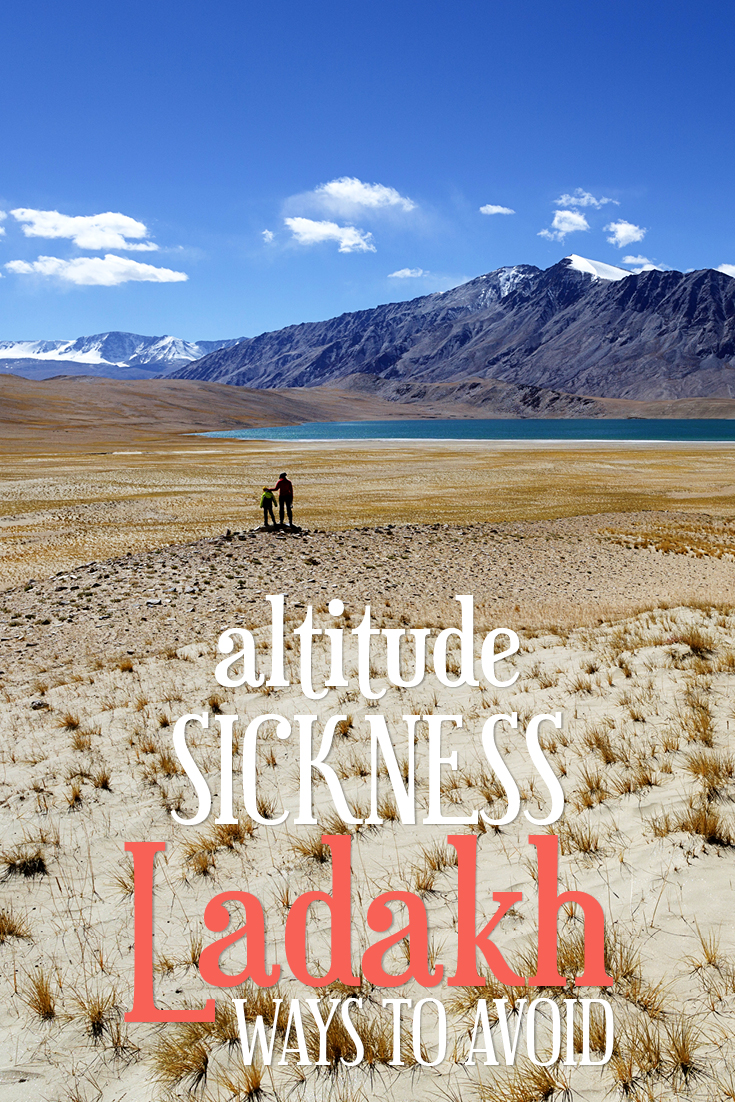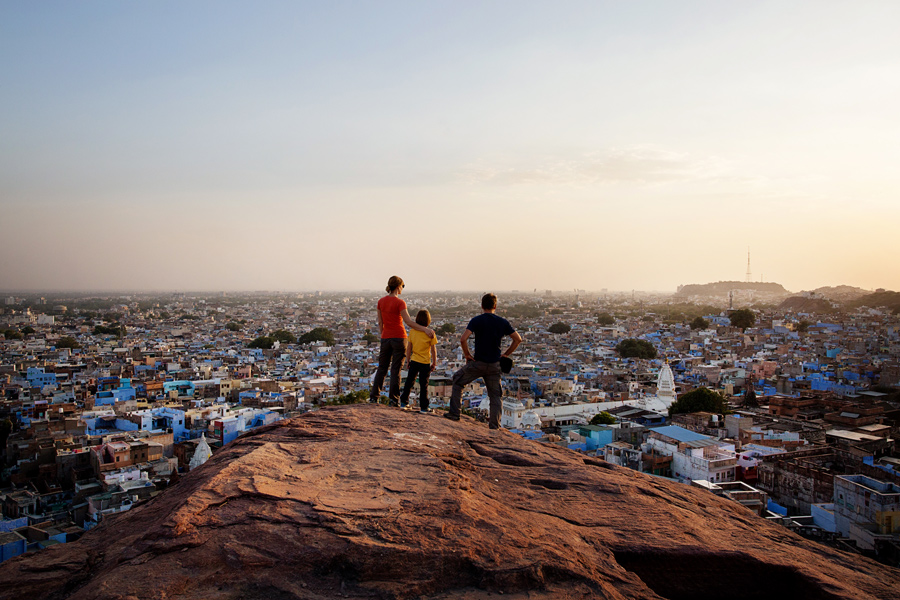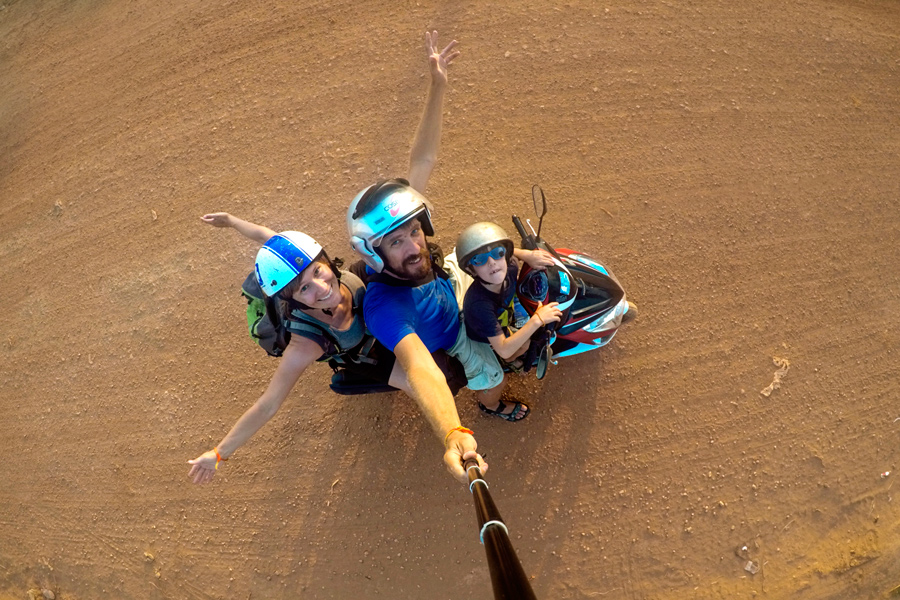Ladakh is the land where Himalayas meets Tibetan plateau. This means that is a highly elevated region (much of it being over 3,000 m), where altitude sickness is very common. A lot of visitors get it and it can be very dangerous if not taken seriously.
We are not going to lie – we were quite worried for getting it ourselves, especially for our 7 years old Jaka. As parents that decided to travel and take our kid to this high altitude, we were responsible to take good care about it and avoid it at any cost.
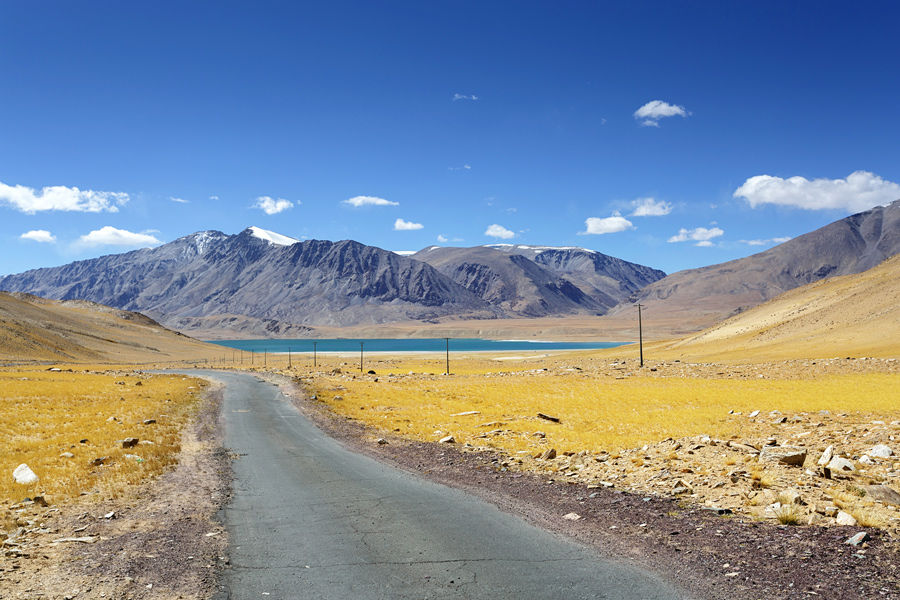
I had big problems with altitude sickness on 4.000 m on my first visit to Tibetan plateau few years back. I have to admit I didn’t follow any recommendations and I know if I followed tips to avoid altitude sickness I am going to describe in the following paragraphs, I would feel much much better.
The best way to prevent it is to ascend gradually. If you are flying to high altitude from sea level like we did, you will definitely notice a difference. You may have a mild headache (like a light hangover), shortness of breath and experience weakness for first couple of days, but if you take care the first two days, it’s unlikely you will have more severe symptoms than that.
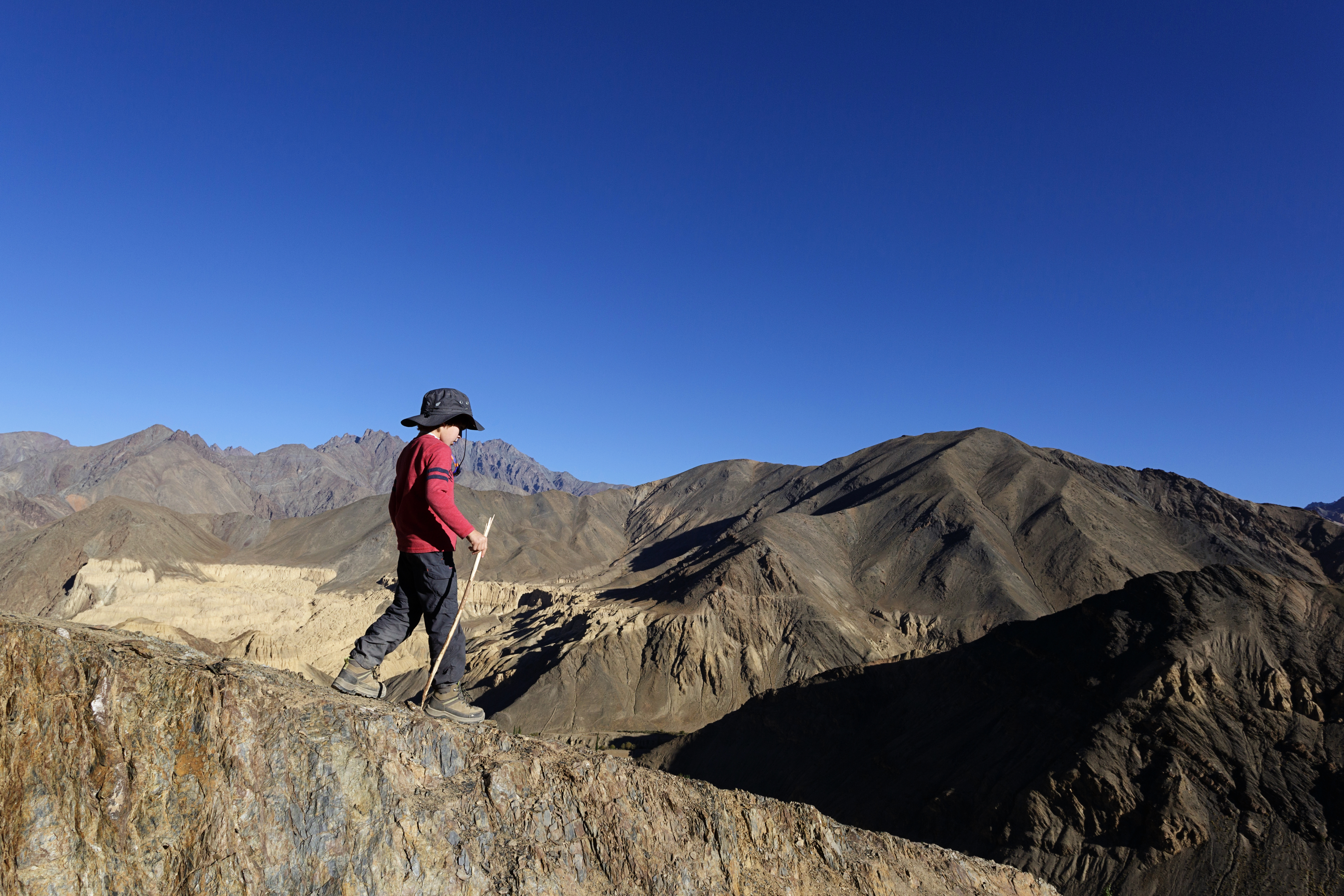
The symptoms of altitude sickness are:
- Headache
- Difficulty sleeping
- Shortness of breath
- Rapid pulse
- Nausea
- Dizziness
- Fatigue
- Loss of apetite
- Diarrhea
- Vomiting
Symptoms usually come on within 12 to 24 hours of reaching a higher elevation and then get better within a day or two as your body adjusts to the change in altitude.
But if severe symptoms appear (more intense versions of the mild symptoms, feeling out of breath, even when you’re resting, coughing that won’t stop, tightness in the chest, congestion in the chest, trouble walking, seeing double, confusion, skin colour changing to grey, blue, or paler than normal), you have to go lower and see a doctor immediately.
Fortunately we were just fine and had no problems, thanks to sticking to few rules that are common to all high altitude places, wherever in the world you are traveling.
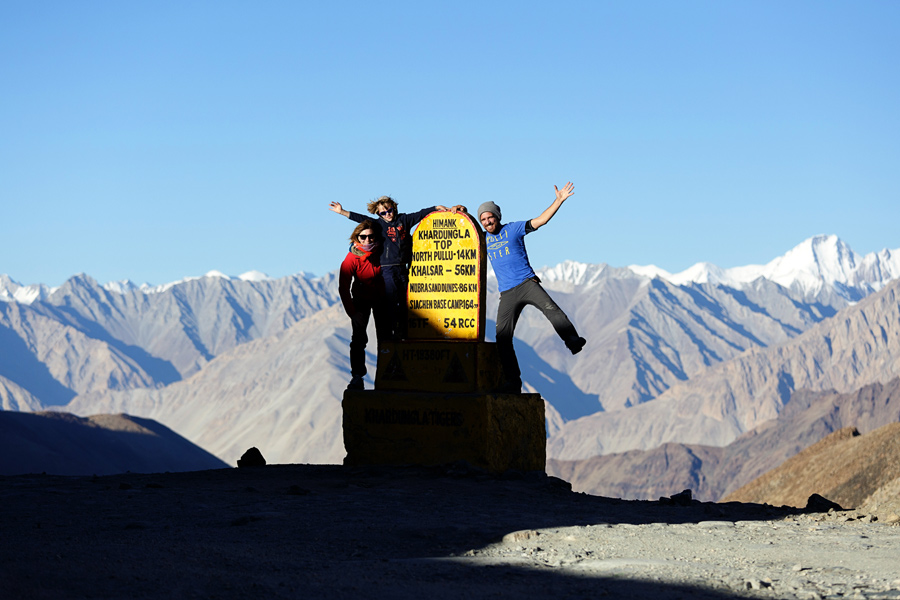
These are the tips to avoid altitude sickness that we followed:
1. Always spend the nigh at a lower level than you reached that day
This is a very important tip and helps acclimate more gradually. Altitude sickness usually gets worse at night when you’re sleeping. It’s a good idea to go higher during the day and then return to a lower altitude to sleep.
2. Stay hydrated, but don’t drink much more than usual
You are not only at high altitude, but also in a very dry environment. As one of the main symptoms of altitude sickness is a headache, staying hydrated will make you feel much better. Drink regularly and avoid drinking caffeine or alcohol for the first couple of days as well.
3. Eat light
Don’t give your body additional stress with heavy and lots of food.
4. Rest and take it easy
Do not rush and allow your body to slowly acclimatise to new conditions.
5. Do not sleep too much during the day
You can assume that you will have difficulty sleeping, especially during the first night on a higher altitude. Take it easy and avoid sleeping during the day.
6. Take notice what locals suggest you
Usually local people have experiences with foreigners and know exactly what can help them to feel better.
7. Ascend gradually
This is the main tip when traveling to high altitude places. This way you allow your body to acclimatise gradually and not give it so much stress.
You may notice hard breathing during the night. This is very common and if you don’t have other severe symptoms, just don’t panic, take it easy and you will get used to.
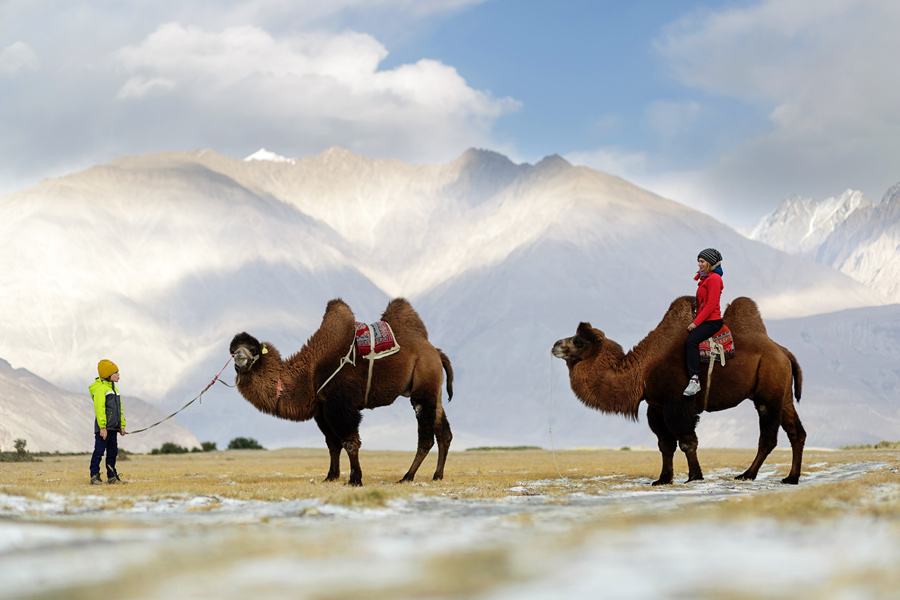
This was how we treated the altitude sickness in Ladakh:
We flew straight from Delhi to Leh on 3.500 m altitude and immediately after landing, took a 1 hour car drive to Alchi, a village on a slightly lower altitude (3.100 m), where we spent three nights. First day we did literally nothing than rest, drink water and homemade mint tea, have three light local meals, watch movies and talk to the hospitable owners of our guesthouse. We had mild headache, sometimes felt a little dizzy and lack of energy. The second day it was rest time again, but in the afternoon we took an easy and slow walk to a small hill nearby. We were quite breathless going uphill, but otherwise felt nothing too serious. The day three we were back to normal and only then we seriously begun our Ladakh trip and took a 5 hours car ride.
While traveling in Ladakh, we’ve been to places up to 5.400 m high. We had little problems with breathing the first day we came to higher elevation we’ve been before and we got breathless very quickly when trying to exercise. But despite that, we had no problems at all. Our kid had difficulties just when trying to compete in running with local children – he couldn’t catch them and simply gave up and then they opted for a more calm play.
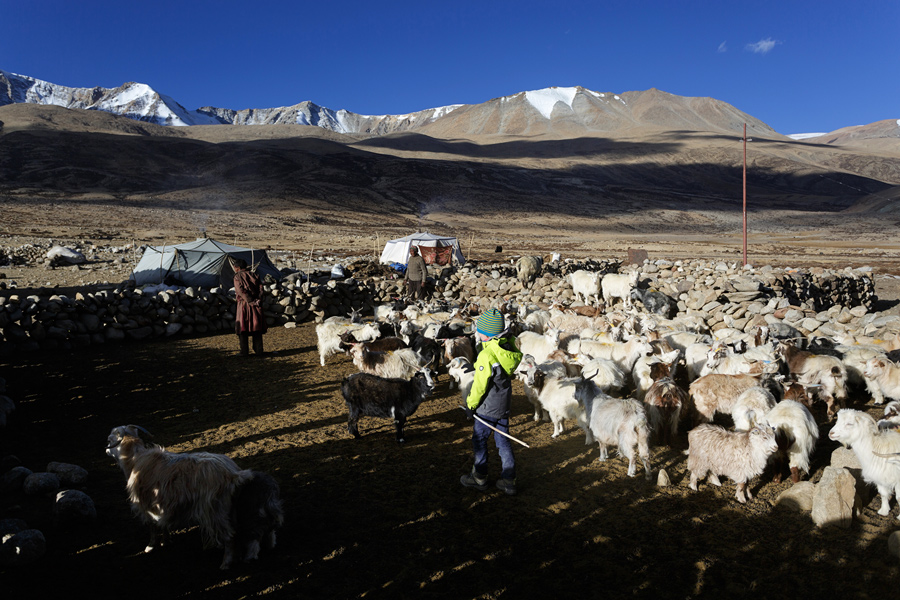
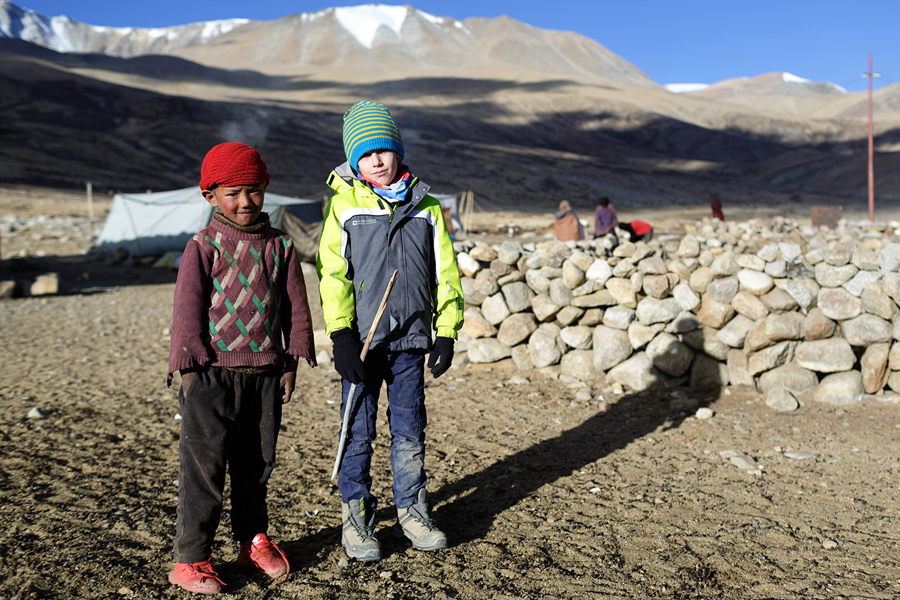
It’s advisable to be fit for every travel destination and high altitude places are no exception. But you should know that anyone can develop altitude sickness, no matter how young, fit or healthy you are. Even the best athletes can get it. But if you take it easy and try to adapt to the altitude following those 7 tips we listed, you might feel just fine.
You should know that we are not doctors, we just described our experience with avoiding high altitude sickness with kids. Before you go on such a trip please consult with your doctor and make sure you know the symptoms.
